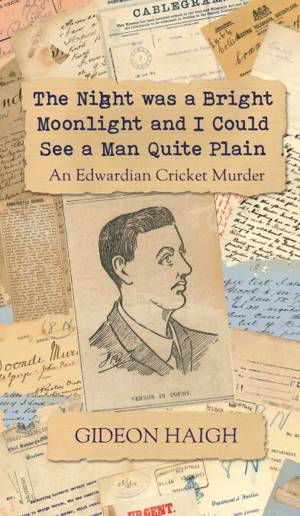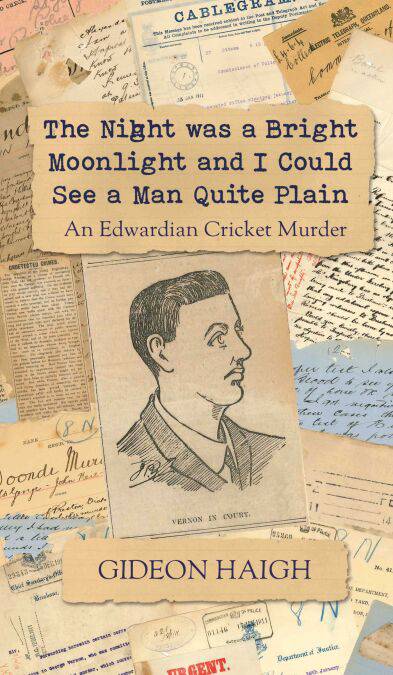
- Afhalen na 1 uur in een winkel met voorraad
- Gratis thuislevering in België vanaf € 30
- Ruim aanbod met 7 miljoen producten
- Afhalen na 1 uur in een winkel met voorraad
- Gratis thuislevering in België vanaf € 30
- Ruim aanbod met 7 miljoen producten
Zoeken
The Night was a Bright Moonlight and I Could See a Man Quite Plain E-BOOK
An Edwardian Cricket Murder
Gideon Haigh
E-book | Engels
€ 12,29
+ 12 punten
Omschrijving
Gideon Haigh has written numerous acclaimed books on both cricket and true-crime – now he’s unearthed a gripping story that combines the two, in a masterpiece of historical detective work that ties back to the origin of the Ashes …
On the night of 23 September 1910, on a station 500km west of Brisbane, farm hand John Neil was beaten to death with a cricket bat. The prime suspect, George Vernon, was the fresh-faced twenty-four-year-old son of one of England’s most famous amateur cricketers, and part of an Australian rural dynasty. The murder trial became one of Queensland’s most sensational, for Vernon did indeed harbour a secret – but not a secret anyone suspected. And the crime was to have a shocking sequel.
The Night was a Bright Moonlight and I Could See a Man Quite Plain concerns a brutal murder, but also the dark parts of empire, the blind side of justice and the sensational end of media – all linked back to the origin story of cricket’s Ashes. Sparely written and copiously illustrated, it will keep you guessing to the end.
On the night of 23 September 1910, on a station 500km west of Brisbane, farm hand John Neil was beaten to death with a cricket bat. The prime suspect, George Vernon, was the fresh-faced twenty-four-year-old son of one of England’s most famous amateur cricketers, and part of an Australian rural dynasty. The murder trial became one of Queensland’s most sensational, for Vernon did indeed harbour a secret – but not a secret anyone suspected. And the crime was to have a shocking sequel.
The Night was a Bright Moonlight and I Could See a Man Quite Plain concerns a brutal murder, but also the dark parts of empire, the blind side of justice and the sensational end of media – all linked back to the origin story of cricket’s Ashes. Sparely written and copiously illustrated, it will keep you guessing to the end.
Specificaties
Betrokkenen
- Auteur(s):
- Uitgeverij:
Inhoud
- Aantal bladzijden:
- 224
- Taal:
- Engels
Eigenschappen
- Productcode (EAN):
- 9781761108273
- Verschijningsdatum:
- 5/07/2022
- Uitvoering:
- E-book
- Beveiligd met:
- Adobe DRM
- Formaat:
- ePub

Alleen bij Standaard Boekhandel
+ 12 punten op je klantenkaart van Standaard Boekhandel
Beoordelingen
We publiceren alleen reviews die voldoen aan de voorwaarden voor reviews. Bekijk onze voorwaarden voor reviews.











